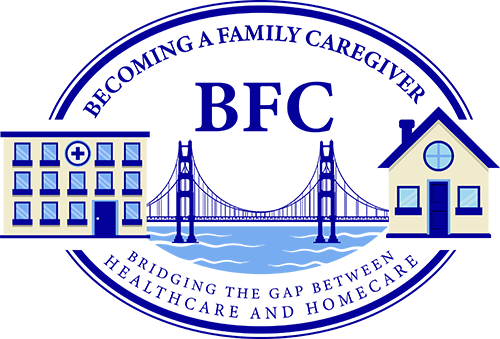Accessibility to Public Areas
Outdoors
People with physical limitations have difficulty accessing and using public areas effectively or with the same level of enjoyment or success that non-disabled individuals can. Posted signs declaring a facility or public grounds “Wheelchair Accessible” often misrepresent the truth. Unfortunately, after arriving on-site, they often discover “Wheelchair Accessible” pathways too hazardous for power wheelchairs to negotiate due to areas covered by brush, roots, and other debris that impede the safe passage of mobility devices.
Unpaved Access Routes
If an event is outside, unpaved access routes (with or without slopes or obstacles) may obstruct access into buildings and other structures due to rough terrain, wet or muddy ground that could harm motors, through already unstable limbs off balance, and cause weakened muscles to tire easier. Furthermore, ground coverings cause slips, trips, and falls as grass entangle canes, rocks suddenly “brake” rollators, and tree limbs fall onto paths creating obstacles to stumble over.
Aisles in Stores
Mobility impaired individuals encounter similar challenges when visiting stores due to cluttered aisles, making access seem like maneuvering through an obstacle course. Door handles are out of reach and require assistance to open. Entryways are too narrow to drive through unless both doors can open, or the front door has a step or two to climb to gain entrance. Whether the entrance has one or many steps unless there is a ramp available, attempting to climb the step could damage the undercarriage of the wheelchair.
Recommendations to Help
Besides attempting the move around the grounds, people with disabilities could benefit from other means of support to gain equal access to resources for enjoyment. The following are ideas for items that would be helpful to have available.
- Access to drinking water– many people with disabilities have difficulty regulating body temperature and need access to water.
- Access to shaded areas to cool off
- Availability of rest sites for those who need to rest frequently.
- Emergency phones
- Family Bathrooms (i.e., opposite-sex can assist with care)
- ID bracelets with GPS in case individuals with dementia get lost or someone with a serious health condition doesn’t return at the designated time
Buildings
Fortunately, many issues regarding the accessibility of buildings have significantly improved since the 1990’s when several laws supporting the rights of the disabled passed. For example, public facilities built after March 13, 1991, must provide accommodations under the Americans with Disabilities Act, Section 504, and Fair Housing Act. These laws put into practice certain standards for all houses being built or remodeled that help people with immobility challenges obtain easier access to homes, apartments, buildings, and public resources.
Older Buildings Excluded
Unless an older building requires renovations, the new requirements do not occur for that building. However, if the building owner requests a building permit for a new addition, they must also upgrade the non-compliant areas at that time.
Since not all buildings comply with the ADA or Fair Housing Act, if you are planning to visit an older building and might need accommodation, you can call ahead to confirm if they are compliant or if you will need them to accommodate you separately.
Living Spaces Need Change
Over time, medical conditions may change, resulting in the need to adjust living spaces such as widening doors or removing bathtubs to install roll-in showers. In addition, physical limitations may interfere with performing tasks. Accommodations help adapt processes or procedures to fit the restrictions or changes occurring to your body. You can continue to do the same things you did previously by adjusting.
Laws Impact Code
Two federal laws, The Americans with Disabilities Act, Section 504 of the Rehabilitation Act of 1973 as amended, and the Fair Housing Act mandate that public or federally funded properties make changes to their buildings that allow people with disabilities to use them. However, the federal law does not apply in the same manner to private, residential properties. Therefore, if you live in an apartment, your landlord may not be required to make permanent changes to the building’s structure to accommodate your disability, depending on the State’s laws. Furthermore, if you buy a new home or rent private property like an apartment that is not federally owned, the owners are not required to pay for the renovations required to make it accessible for you. They may also require you to pay the cost to get the place back to its original state if you later move out.
Public Access Areas Covered
Though the law may not require a particular change needed for a disability, you may ask for an accommodation to aid in the accessibility of the parking area or public spaces. Therefore, if you need a wheelchair ramp to gain access to the building, your request might fall under the ADA or Section 504 public access requirements because it is an outside area. However, the building’s age plays a factor in the application because older buildings are exempt from Section 504 if built after 1991.
Resources:
https://www.caring.com/caregivers/medicaid/
https://www.ada.gov/2010ADAstandards_index.htm
https://www.hud.gov/program_offices/fair_housing_equal_opp/disabilities/sect504faq
https://www.eeoc.gov/statutes/rehabilitation-act-1973
https://www.osha.gov/laws-regs/regulations/standardnumber/1926/1926.451
